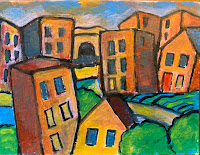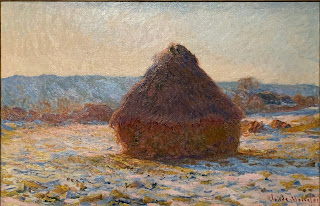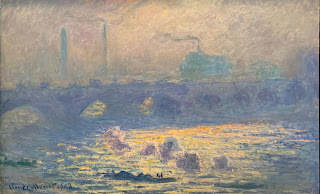Artists who were Criminals
There are quite a few criminals, including Charles Manson, who have fancied themselves as artists but I didn't think their art was of high quality. However, I found a few artists whose work is worthy of notice and they were of a criminal state of mind.
Caravaggio
The most famous and talented artist who was a criminal was Caravaggio. When I started into art, I was madly in love with the artwork of this artist. He is one of the best at dramatic lighting and shading. His work is the definition of chiaroscuro which is the classic technique of light and shadow. Even though, I had studied Caravaggio, I had no idea that he was murderer. As it turns out, he was a dangerous man. He was aggressive and angry. He was ill tempered and armed with a sword. He was in constant trouble for hitting and slandering others. Eventually, he killed a man in a fight and had to flee Rome. I don't know why I did not read about this in art history!
David with the head of Goliath
Nigel Milsom
PHOTO: Nigel Milsom poses with his Archibald Prize winning portrait of Charles Waterstreet at the Art Gallery of New South Wales in Sydney. (AAP: Joel Carrett)
Nigel Milsom was arrested for armed robbery and served jail time. This is not an artist I have ever heard of but it appears that he is talented.
Myuran Sukumaran
PHOTO: Australian drug smuggler Myuran Sukumaran took to painting in Kerobokan prison. (AFP/Getty Images: Sonny Tumbelaka)
Myuran Sukumaran said dissatisfaction with his work led him to become involved in importing 8.3 kilograms of heroin from Bali. Sukumaran was executed for his role in drug trafficking.
Charles Bronson
PHOTO: Man Under Threat, by Jimmy Boyle and others from his charity organisation in Edinburgh. (Flickr: Summonedbyfells)
Charles Salvador — better known as Charles Bronson is an English criminal who has spent time in and out of various prisons since 1974. His crimes include: armed robbery, wounding, wounding with intent, criminal damage, grievous bodily harm, false imprisonment, blackmail and threatening to kill.
Mark Chopper Read
PHOTO: A self portrait titled Tast Ful Old Criminal by former Melbourne gangland figure and cult author Mark "Chopper" Read. (AAP: Joe Castro)
Mark Chopper Read had a difficult childhood and was a ward of the state by his early teens. After that, he turned to a life of crime. He was involved in robbery, kidnapping, assault and finally murder. He was acquitted of the murder as it was ruled self-defense. However, Read spent half his life in prison.





















































